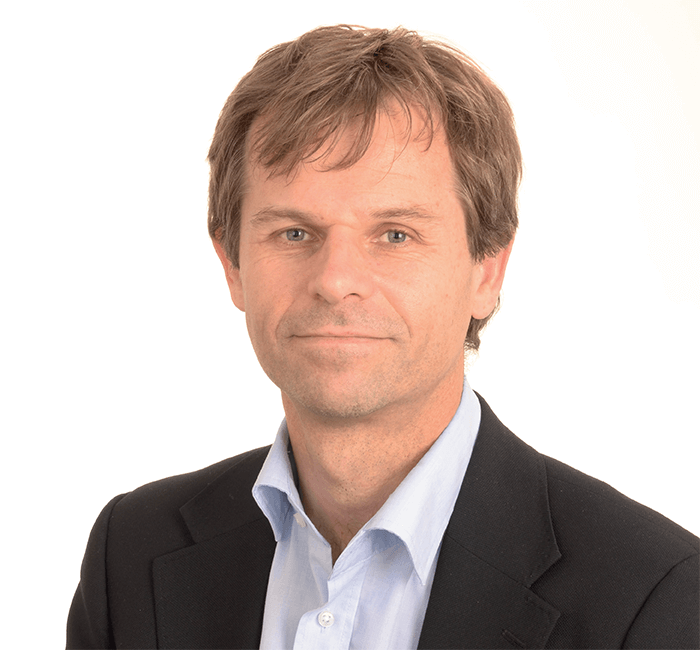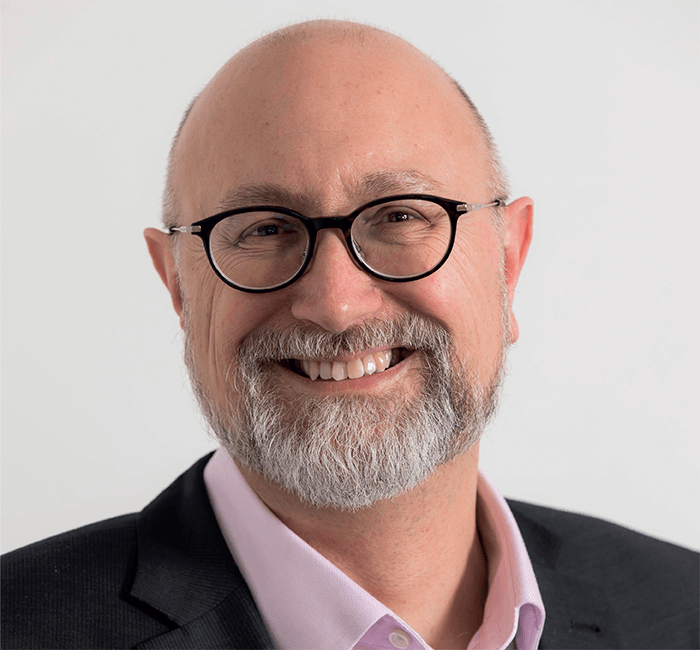What key trends have emerged since HPLC 2019 in Milan?
Michael Laemmerhofer: Four years is a long time in analytical science!
One topic that has significantly grown in importance in recent years is nucleic acids, such as mRNA, oligonucleotide, and gene regulation therapeutics, and in vaccines, which has been greatly accelerated by COVID-19 – there’s a great deal of research going on around those new drug modalities.
Digital transformation is another important topic, especially in industry; companies are increasingly concerned with making themselves fit for the future. Green and sustainable chemistry, which is connected, continues to grow in significance.
Oliver Schmitz: I’d also mention polymer analysis – another hot topic. REACH requires every chemical introduced into the market to be registered, but polymers must be characterized with additional data. By 2030, around 200,000 polymers will have to be characterized and registered – a big challenge for the field.
What about developments on the instrument side?
Laemmerhofer: There are many different varieties of new columns on the market, as different applications require different selectivities for stationary phases. The new columns with surface coatings that deactivate biomolecule interactions with surfaces are leading to improved performance, for example. I’d also like to mention the pillar array columns for the analysis of complex samples. They are manufactured using photomasks, which helps with reproducibility in manufacturing and run-to-run repeatability – an important benefit for proteomics applications in particular. Overall, the trend seems to be towards developing columns with higher capacity and more robust batch-to-batch reproducibility.
Schmitz: From my point of view, the increasing number of ion mobility mass spectrometers by more and more companies offering them is very exciting. By combining chromatography with ion mobility, two orthogonal separation techniques are coupled with each other and thus enable, without much optimization effort, an outstanding separation that is otherwise only achieved with comprehensive two-dimensional chromatography. The latter shows a strongly growing interest, also in industry, and will therefore be covered in three sessions at HPLC 2023.
What are you most looking forward to at HPLC 2023?
Laemmerhofer: I’m looking forward to the panel discussion featuring green technologies in LC and various applications related to the topic of HPLC in the chemical industry. I believe there are many parts of the conference that are interesting to industry, and we want to involve industry more – both the chemical and pharmaceutical industry.
Schmitz: We will also be addressing some of the emerging topics highlighted previously. For instance, we’ll have a tutorial on LC separations of oligonucleotide and RNA-based therapeutics, which will address the challenges in dealing with impurity profiles and characterizing these drugs, as well as addressing issues with their bioavailability. In addition, Joachim Richert, Vice President Analytical Science at BASF, will give a plenary lecture on digitalization and the lab of the future.
Does the program reflect ongoing changes in the (bio)pharma industry?
Laemmerhofer: We have a couple of talks about biopharmaceuticals. Analysis, of course, relates on the one hand to the characterization of the process and on the other hand to the characterization of the product. Of 47 recent drug approvals in Germany, only 40 percent were small molecules – the others were complex biopharmaceuticals, including antibodies, antibody-drug conjugates, bispecific antibodies, peptide conjugates, oligonucleotide drugs, chemotherapy, and even cell therapies.
Schmitz: Yes, biopharmaceutical structures are complex, which makes characterization difficult and demands more analytical technology. Usually, one method is not sufficient; instead, you need an array of analytical methods to fully characterize these products. In addition, the new paradigm in pharma is to systematically investigate the product during the entire process – not just characterizing the product at the end. We have a couple of talks on this, as well as an interesting plenary on using ion mobility MS to infer biopolymer folding and interactions.
Are there any new focus areas for this year’s scientific program?
Schmitz: There will be sessions dedicated to the needs of the chemical industry – which is a new focus for us. These sessions will include a full-day track, tutorials on SFC, reaction monitoring, and on-line LC hyphenation.
Laemmerhofer: Another new area covered is molecular phenomics. This is essentially what analytical chemists are driven to do: comprehensively and precisely identify and compare the molecular content of a sample. This need goes hand in hand with new technologies, especially in LC and ion mobility mass spectrometry, that are allowing us to capture an increasing number of molecular features. This trend is especially important in areas such as systems biology, but also in environmental science and in the food industry, where you want to see all the contaminants in a sample. Focusing on one specific analyte is usually not enough anymore. Two renowned speakers, John McLean (Chair of the Department of Chemistry and Director of the Center for Innovative Technologies at Vanderbilt University, USA) and Jeremy Nicholson (Pro-Vice-Chancellor for Health Sciences at Murdoch University and Director of Australian National Phenome Centre in Perth, Australia), will explore the strategies available and the benefits of these approaches.
Anything else attendees should look out for?
Schmitz: We offer a total of 13 short courses with different topics. Participants can talk to the experts and learn about the latest developments. It’s an excellent opportunity for PhD students and industry professionals who are interested in new technologies.
One unique aspect of HPLC 2023 is short course 1 about “Understanding how to perform good practical RPLC”. The morning session will be about fundamentals in HPLC method development, and, in the afternoon, there will be hands-on training on modern instrumentation. Most conferences simply offer lectures and seminars, so this benefit should not be ignored – especially by the younger generation. After all, not every PhD student has the opportunity to work on every technology, and these short courses provide a quick introduction to the state-of-the-art in a very condensed format.
Laemmerhofer: Last but not least, I’d like to highlight the return of the Separation Science Slam, supported by The Analytical Scientist and KNAUER. Here, we invite younger scientists to take to the HPLC stage and, in 5 minutes, impress the audience with a presentation, slideshow, poem, rap, cabaret – or whatever they can think of – for the chance to win €1,500. This session is sure to be good fun!
Overall, I’m sure I speak for both of us when I say we’re excited to welcome everyone back to HPLC 2023 in Dusseldorf on June 18–22!
You can find more information about HPLC 2023 on the website. Details of the second Separation Science Slam can be found here.






